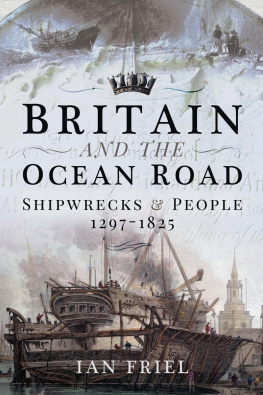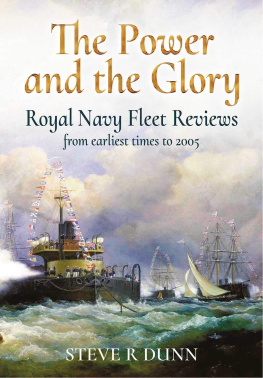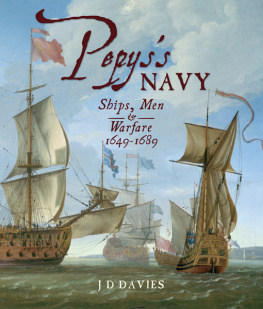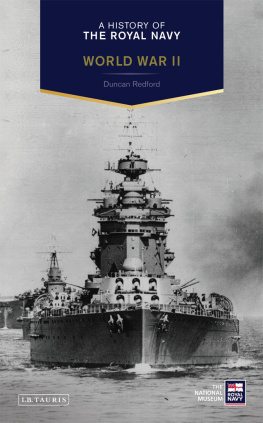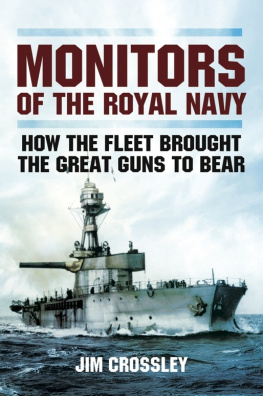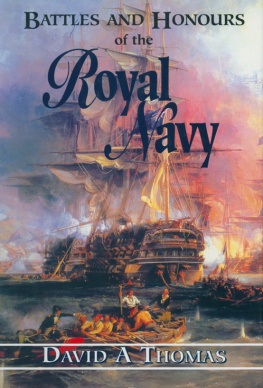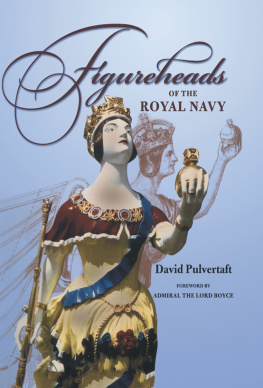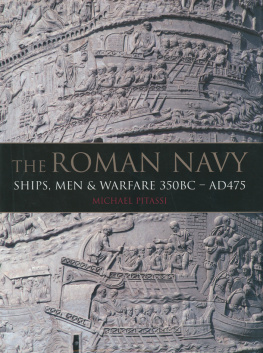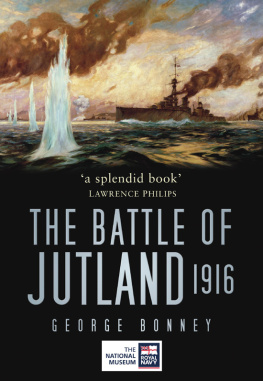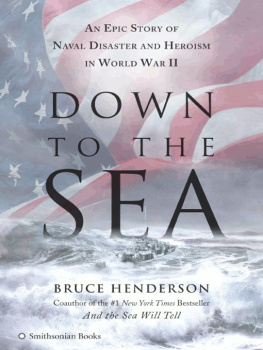

For Colin Richmond
I would like to offer my grateful thanks to: Serena Cant at Historic England; Gillian Hutchinson for allowing me to reproduce her drawing of the planking of the Grace Dieu ; Mrs Gill Neal and the archivist, at Wiltshire and Swindon History Centre, for their help in providing images of the Holigost letter; Anooshka Rawden, Collections Manager, the Society of Antiquaries of London; the staff of The National Archives, Kew; the staff of the Institute of Historical Research, University of London; Sarah Williams of the Museum of London, for her help with images of the Museums amazing ships trumpet; John Barlow (Tidal Analyst) and Susan Juggins (Customer Services Analyst) of the UK Hydrographic Office for supplying the invaluable historic tidal data for the eastern end of the Bay of the Seine on three key dates in the years 1415 and 1416.
Anyone writing about Henry Vs fleet owes a debt to the work of Dr Susan Rose, who has written extensively about the naval history of Henrys time and of the Middle Ages in general. Susan also produced a valuable edition of the accounts of William Soper for the period 142227, translated into English, which will be of great interest for any non-Latinists who wish to see what the sources actually say.
Professor Wendy Childs kindly gave me copies of her transcripts of the Bordeaux customs accounts, an invaluable source for English shipping in the fourteenth and fifteenth centuries. Any conclusions drawn from this data are my own responsibility, however.
My daughter Helen Friel ( www.helenfriel.com ) has redrawn my map and diagram drafts in this book not as interesting a job as her usual work in papercuts and illustration, but a huge task and one for which I am very grateful!
My son, David Friel, has given me a great deal of IT help, including the provision of a laptop when my own went down for the third and last time.
My wife Lynne has supported me during the work on this book in all sorts of ways, including the production of some images. At times it must seem to her that I have been writing this book since the days when Henry V was headline news
The dedication of this book acknowledges an old debt to a teacher, mentor and friend and a leading historian of fifteenth-century England.
C ONTENTS
I gratefully acknowledge the following institutions for kindly giving me permission to use the following images: the Trustees of the British Museum: 7; Historic England: 83; Museum of London: 14c; The Society of Antiquaries of London: 1c; The National Archives, Kew (TNA): 20, 23, 5c, 25 and 77; Victoria and Albert Museum: 16c; WSA (Wiltshire & Swindon Archives): 17c and 18c.
Unless otherwise specified, all maps, line drawings and photographs are my own copyright.
1 To avoid filling the text with amounts like 166 6 s 8 d , sums of money are generally rounded up or down to the nearest pound.
2 Late medieval England used the Bordeaux wine tun of 252 gallons as the unit for measuring the carrying capacity of a ship. This was not the same as modern measures of ship tonnage, nor many of those used between the sixteenth century and the present day. Strictly speaking, this text should use the words tun and tunnage rather than ton and tonnage. For the sake of (I hope) greater accessibility, I have opted to use the latter spellings. For those interested in the subject of tonnage measurement, the 1964 paper by F.C. Lane offers a good starting point.
3 Unless otherwise stated, definitions of obscure words are taken from the Oxford English Dictionary , via www.oed.com .
4 Dates of birth and death given in the text are taken from the Oxford Dictionary of National Biography (via www.oxforddnb.com ), unless otherwise stated.
5 Basic data about Henry Vs shipmasters and his ships is provided in Appendices 1 and 2, respectively.
6 For information on the careers of fourteenth- and fifteenth-century English soldiers, visit the fascinating database of The Soldier in Later Medieval England research project at www.medievalsoldier.org .
7 References to images in the text are given as: (1) and colour plates (1c).
Note
Lane, 1964.
GS | great ship |
S | ship |
CA | carrack |
BG | barge |
BL | balinger |
nk | not known |
A Thoroughly English Ship
A flock of swans paddled its way among the ships as they cleared the Isle of Wight. A welcome omen, perhaps. Three ships had gone up in smoke just as the force set sail, and maybe the swans drove away the bad luck those pyres portended. A sense of uncertainty and danger must have pervaded the fleet that August day, for Henry Vs armada was on its way to invade France.
War creates myths. Whether the swans or the fires were real or just technicolour details added by contemporary chroniclers, we dont know. Swans do swim in the sea, but significantly, a swan also featured on Henrys personal badge. If the swan story sounds a little too convenient, the loss of several ships by fire is easier to believe. With its timber hull, hempen rigging and flammable coating of pitch and tar, a medieval ship was a bonfire awaiting a spark.
The king boarded his great ship Trinity Royal on Wednesday 7 August 1415. He had stayed at Portchester Castle on Portsmouth Harbour, and was rowed out to join the huge vessel at its anchorage in the Solent between Portsmouth and Southampton. The Trinity Royal was the first of four great ships, each one larger than its predecessor. They were built to impress as well as fight. This duality has been a feature of big warships throughout history, a combination of tactical, strategic and technical requirements and what might crudely be called willy waving by the powerful, once one gets past all the ceremony and symbolism.
The Trinity Royal had symbolism aplenty although not intentionally of the phallic kind, so far as we know and must have been a stunning sight. The ships records contain a rich and poetic list of paints and other ingredients used to decorate the Trinity Royal , including white lead, red lead, vermilion, copperas, verdigris, varnish, gold, cinnabar, indigo, ochre and tinfoil. This embellishment also extended to the ships huge canvas sail, which had an embroidered worsted cover bearing the kings arms. The vessels eighteen flags were heavy with religious symbolism, which reflected Henrys personal devotion to the Holy Trinity, the Virgin and the English saints, St Edward and St George.
The Trinity Royal s adornment also featured sculpture. A gilded copper crown sat on an iron spindle in the topcastle, and another golden copper crown rested on the head of a wooden leopard elsewhere on the ship, where the leopard perhaps served as a figurehead. Even the capstan, a utilitarian piece of heavy gear used to raise the anchor, sported a gilded copper sceptre, worked in the form of three fleurs-de-lis . The Trinity Royal was a thoroughly royal, thoroughly English ship, appropriate for a king who promoted the English language and English patriotism. The three fleurs-de-lis on the capstan also featured on the English royal standard, though they were a symbol of French kingship. Their presence on the flags and the Trinity Royal represented the claim of English kings to the throne of France. The English fleet was sailing that day to start enforcing Henrys claim.
Next page

